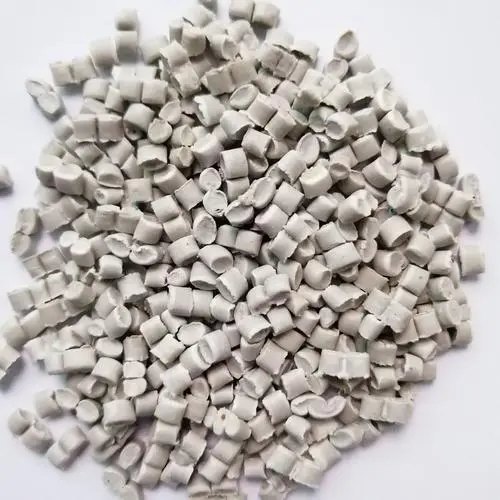Progress in Engineering Material Particle Technology
Release Time:
May 23,2024
Progress in Engineering Material Particle Technology Engineering material particle technology is a rapidly evolving field that plays a crucial role in various industries, including aerospace, automotive, electronics, and healthcare.

Progress in Engineering Material Particle Technology
Engineering material particle technology is a rapidly evolving field that plays a crucial role in various industries, including aerospace, automotive, electronics, and healthcare. In recent years, significant progress has been made in this field, leading to the development of innovative materials and processes that have revolutionized the way we design and manufacture products.
One of the key advancements in engineering material particle technology is the development of advanced composite materials. These materials are made by combining two or more different types of particles to create a material with unique properties and characteristics. For example, carbon nanotubes can be combined with polymers to create a composite material that is stronger and lighter than traditional materials. This has led to the development of lighter and more fuel-efficient aircraft, stronger and more durable automotive components, and more efficient electronic devices.
Another important advancement in engineering material particle technology is the development of nanoparticles. Nanoparticles are particles that are less than 100 nanometers in size and have unique properties due to their small size. These particles can be used to improve the strength, durability, and conductivity of materials. For example, nanoparticles can be added to concrete to increase its strength and durability, or to electronic components to improve their conductivity. This has led to the development of more efficient and sustainable construction materials, as well as smaller and more powerful electronic devices.
In addition to composite materials and nanoparticles, progress has also been made in the field of additive manufacturing. Additive manufacturing, also known as 3D printing, is a process that creates objects by building up layers of material one at a time. This technology has revolutionized the way we design and manufacture products, allowing for the creation of complex geometries and customized products that were previously impossible to make. Additive manufacturing has been used to create everything from medical implants to aerospace components, and has the potential to transform industries in the future.
One of the challenges faced by engineers working in the field of engineering material particle technology is the need to understand and control the behavior of particles at the nanoscale. At this scale, particles can exhibit unique properties that are not seen at larger scales, such as quantum effects and surface interactions. Engineers must develop new techniques and tools to study and manipulate particles at the nanoscale in order to fully harness their potential in material design and manufacturing.
Despite these challenges, the future of engineering material particle technology looks promising. Researchers continue to make breakthroughs in the field, leading to the development of new materials and processes that have the potential to transform industries and improve the quality of life for people around the world. With ongoing advancements in composite materials, nanoparticles, and additive manufacturing, the possibilities for innovation are endless.
In conclusion, progress in engineering material particle technology has the potential to revolutionize industries and improve the way we design and manufacture products. Advances in composite materials, nanoparticles, and additive manufacturing have already led to significant improvements in a wide range of applications. As researchers continue to explore new possibilities at the nanoscale, the future of engineering material particle technology looks bright.
Keywords:
More information






